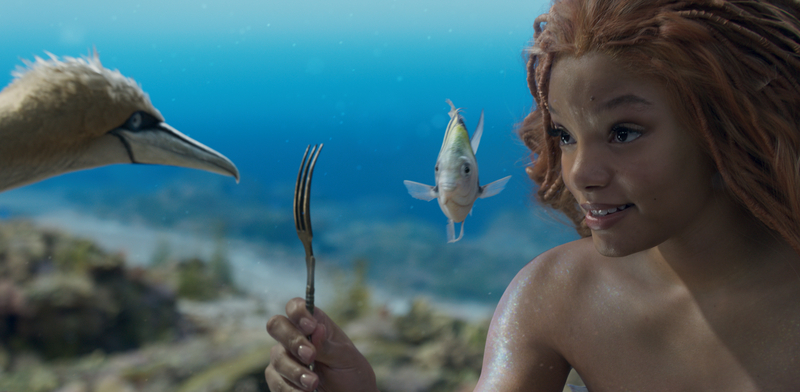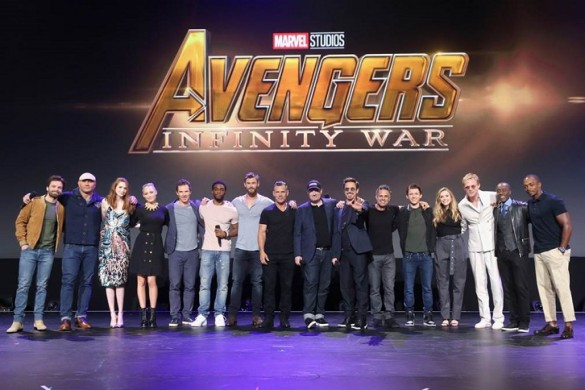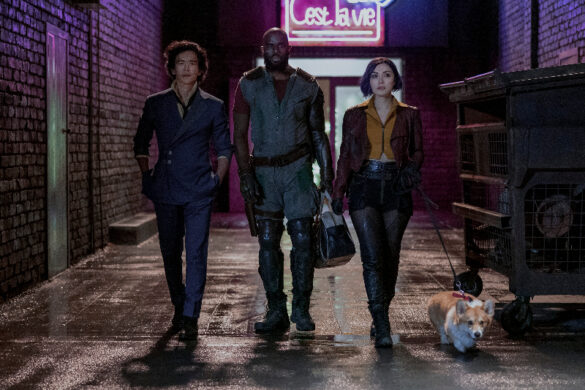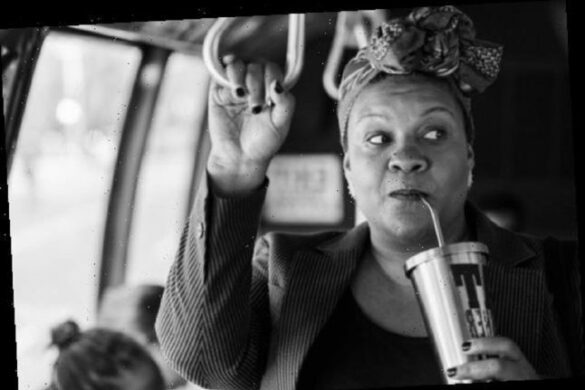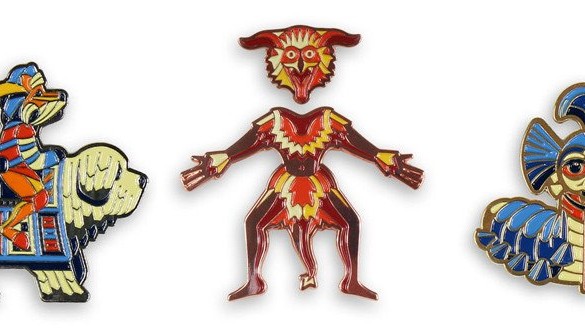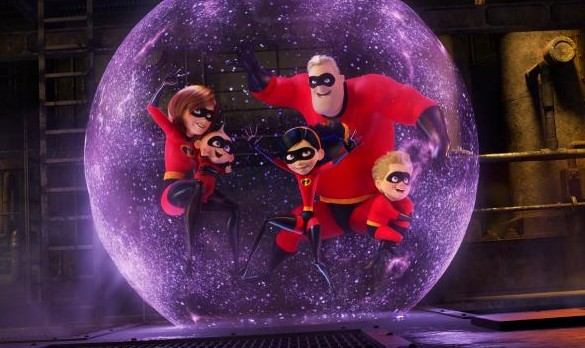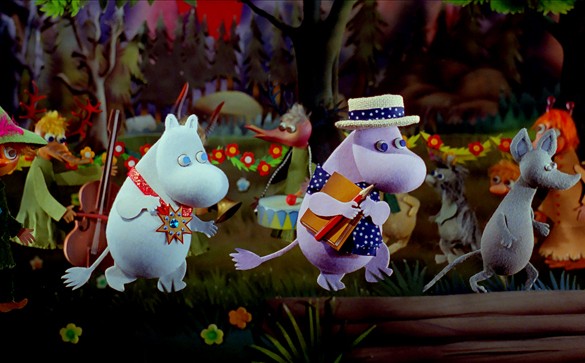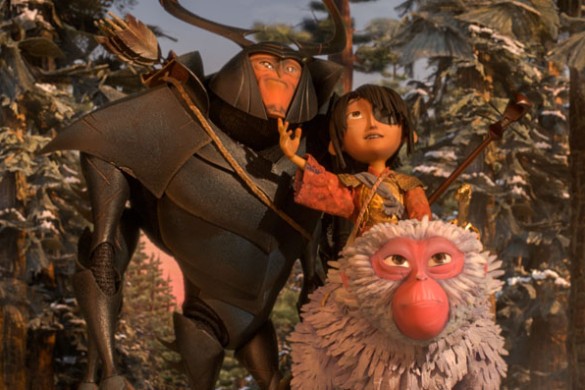Rob Marshall’s reimagining of “The Little Mermaid” joins the grand tradition of Disney adapting their beloved animated classics into live-action films. It’s a practice that allows us to relive some of our favorite movies through moments and sing and share them with a brand-new generation. While they all seem like a quick cash grab, the reality of it all is that, if in the right hands, it’s a means to honor the legacy of the original while expanding upon its mythology and maybe give those who feel underrepresented a chance to see themselves in the characters that Grace- or in this case swim across – the screen. And Halle Bailey‘s Ariel does just that, even if the clunky CGI feels lifeless and shallow.
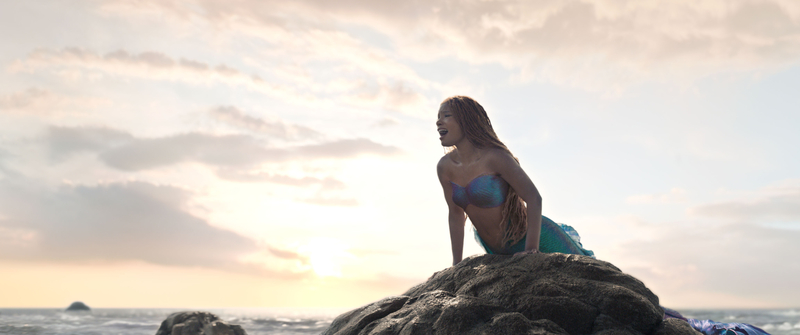
Director Rob Marshall, who returns for his fourth Disney directing effort, uses the iconic Disney animation renaissance film as the framework of a new telling of the same story. So even though the film has some of the same story beats and uses those unforgettable songs, it serves as a reminder of why the original is so beloved. What’s more, some of the new material, like the character dynamics and additional songs, add more nuance to the story making an old familiar tale feel new again. And some of the other timely changes help make it feel more of a reflection of the world we live in today.
Based on the Hans Christen Andersen classic of the same name, “The Little Mermaid” follows Ariel (Halle Baily), a mermaid with boundless curiosity and desire to explore the surface world. The opening sequence of powerful waves crashing and a quote pulled from the fairy tale reads: ‘But a mermaid has no tears, and therefore she suffers so much more.’ It’s not so much that Ariel wants to fall in love with the prince but to satiate her unquenchable thirst for exploration. And that doesn’t mean just connecting the other seven seas, but finding out if they can coexist with humans.
It’s an idealistic dream that is simple at face value but can teach the lessons of learning from each other in Disney fashion. The film conveys that message to its star-crossed lovers. Here we have a rebellious daughter who constantly goes against the wishes of her father.
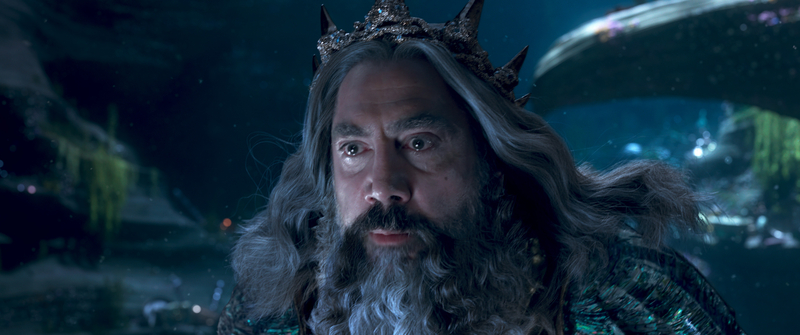
Her helicopter father, King Triton (Javier Bardem), who believes that humanity is an evil that destroys their homes with reckless shipwrecks. And then here’s Prince Eric (Jonah Hauer-King), a young boy and heir to a maritime kingdom who believes that not reaching out to other cultures means getting left behind. His mother (Noma Dumezweni) is very protective of him. She worries that his need to explore the world could take him away from her. Though these two love their parents, they can’t agree on making these more significant connections with other communities outside the world they know. And their shared values make for a more effective courtship between two star-crossed lovers than just the simplistic two people falling for each other.
So the film is heavily invested in seeing the outcomes of these characters’ choices. David Magee’s script conveys the consequences of these choices through the characters’ actions. For example, if Ariel disobeys her father, he reacts in a way that immediately destroys her most treasured trinkets – including the Prince Eric statue. That is followed by Ursula (Melissa McCarthy) taking advantage of Ariel’s vulnerabilities and offering her the chance to go to the surface world and be a human forever on the condition that she gives up her voice and can kiss Prince Eric in three days.
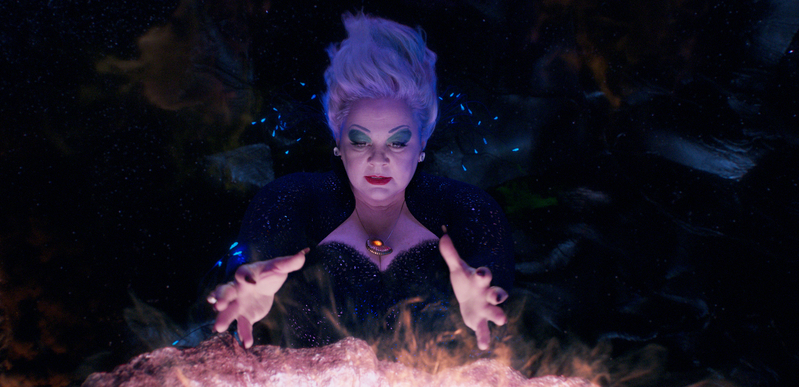
Because the live-action film is more or less an extended version of a story that we all know, it offers a lot more nuances that would give these characters and the relationships they have more depth. Like her animated counterpart, Ariel is still very much the explorer she ever was. Her desire to be a part of that world doesn’t come from wanting to fall in love but from seeing what’s out there waiting to be discovered with her own eyes. Everything she’s learned about the surface world comes from books and other trinkets collected by Scuttle (Awkwafina). Although, the gannet’s information on what he collects isn’t accurate, considering he mistakes a fork for a comb. But that more or less stays true to the original film’s characters. And Sebastian is still very much the anxious crustacean advisor who gets himself into jobs he doesn’t want – like supervising Ariel. Meanwhile, Jacob Trembly’s Flounder brings in some extra fun as the animal companion.
And Bailey’s performance as Ariel is absolutely enchanting. Given that she had been tasked with playing such an iconic character, who was depicted as white in the original film, to go on this journey of self-discovery and sing as well, the young actor was able to pull it off and respect the original performance by Jodi Benson – in fun ways – while also making the character her own through her performance and voice. Moreover, her presence as an actor of color allows those who look up to her to see themselves as the hero, share their emotions, and sympathize with their choices and struggles.
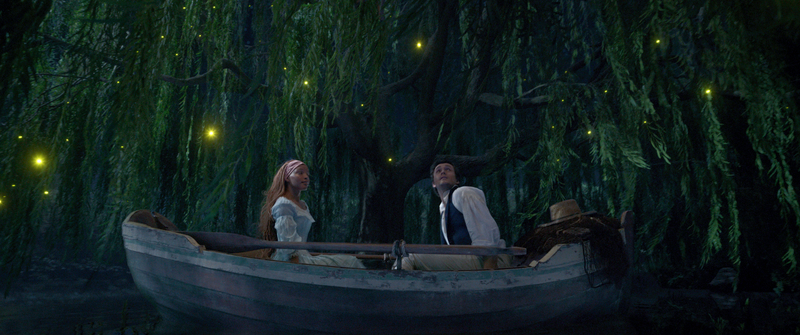
Similarly, McCarthy gives a bewitching performance as Ursula. Although, there are times when her personality overshines the character, and we start to see more of the actor than the evil Sea Witch. Still, Pat Carroll’s performance was a very high bar, and McCarthy met the challenge. So there isn’t much for her to alter or a need for change. To give a more three-dimensional character, Ursula was given a better backstory and a more exciting character dynamic between herself and King Triton. Rather than make the two adversaries, they are revealed to be brother and sister, with the latter treated as a family pariah.
The move humanizes the villain portrayed initially as devious and nasty in the animated film. There are moments when she talks about being shunned by her family and how her choice, well-intentioned in her mind, led her to be the sea witch she is now. As such, she justifies her anger by strategizing her attacks on Triton and hitting him where it hurts by manipulating Ariel into submitting to her impulses. At the same time, the dynamic between the two has minimal payoff because the film does the bare minimum of mining out the nuances of their relationship.
Hauer-King captures that perfectly handsome and boyish charm we saw in the animated Price Eric. The clean-cut adventurer years to see what lies beyond the shores of his kingdom. And with Magee’s script giving Eric more of a backstory, we better understand what he wants to see from the world and what troubles him. In addition, by giving the character a three-dimensional complexity, it provides his charms and courtship of Ariel a better payoff and one that does a better job of reflecting our expectations of a modern relationship. And we get to see how his choices affect those around him, including his mother and her trustworthy advisor Grimsby (Art Malik), who is more of a fun uncle than a cliched character.
Ariel’s exploration of the world outside the ocean also reflects her discovery of her identity. She doesn’t see the world as it is but what it could be. As such, that desire for exploration serves a dual purpose while also demonstrating the power of choice. But, of course, every choice comes at a price for all these characters. And for Ariel and Eric, it doesn’t stop them from becoming who they were meant to be. So what may look like two rebellious kids acting defiantly against their parents are actually them charting a path of self-discovery.
“The Little Mermaid” demonstrates a different kind of strength, especially for Ariel. Bailey allows us to see what the world could be like through her eyes. The only problem with that is the clunky and unpolished visuals of the underwater world are a significant distraction. Quite the opposite with “The Lion King,” which had beautiful visuals and an uninspired story. There’s no organicness to anything that happens underwater. Even if the live-action strips away the fun of marine life playing with coral as if they were musical instruments or the cartoony nature of talking animals in general, everything that happens underwater feels lifeless. It’s hard to say why only certain animals have human qualities while others do not.
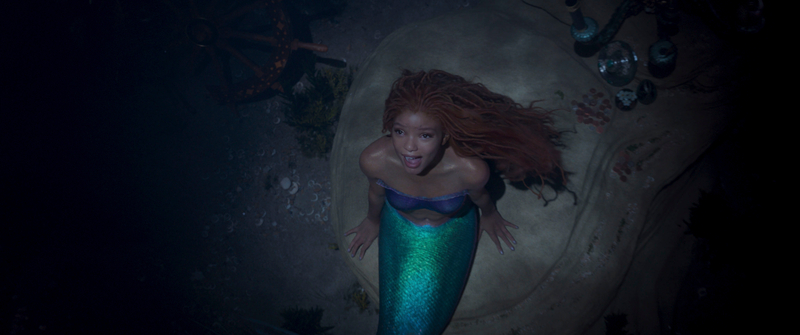
If anything, the film bursts with life on the surface, where Marshall’s theater background truly shines. Some of the additional story elements help better serve the flow and allow us to see characters in a whole new light. New songs like “Uncharted Waters” for Eric help with the narrative flow and give us a better understanding of why he is so determined to help the kingdom progress by sailing out into the unknown. At the same time, Halle’s ‘For the First Time’ lets us hear Ariel’s inner thoughts as she explores the surface world for the first time as a human. Not only are these new kinds of “I want songs” for a new generation, but they are also a means of updating the original and giving us more of a reason to see how the two films are similar and different. One is a product of its time, while the other is a much-needed reflection of the world we live in today.
While there is an overabundance of live-action adaptations of Disney animated classics, “The Little Mermaid” is a rare gem, even if it has a few minor scuffs and scratches. There’s nothing wrong with exploring the ideas of choices in the way it does through song and dance and unrefined animation. But the film reminds us that we must do our part to better connect with the world around us, or else we will get left behind and live alone on an island or in the ocean below. Its methods may be simplistic, but its heart is in the heart place. And who better to teach us some of those lessons of reaching out to discover what’s out there and the importance of global connection than our future generation.
8/10
The Little Mermaid is out in theaters May 26.
Read more about the The Little Mermaid here.

